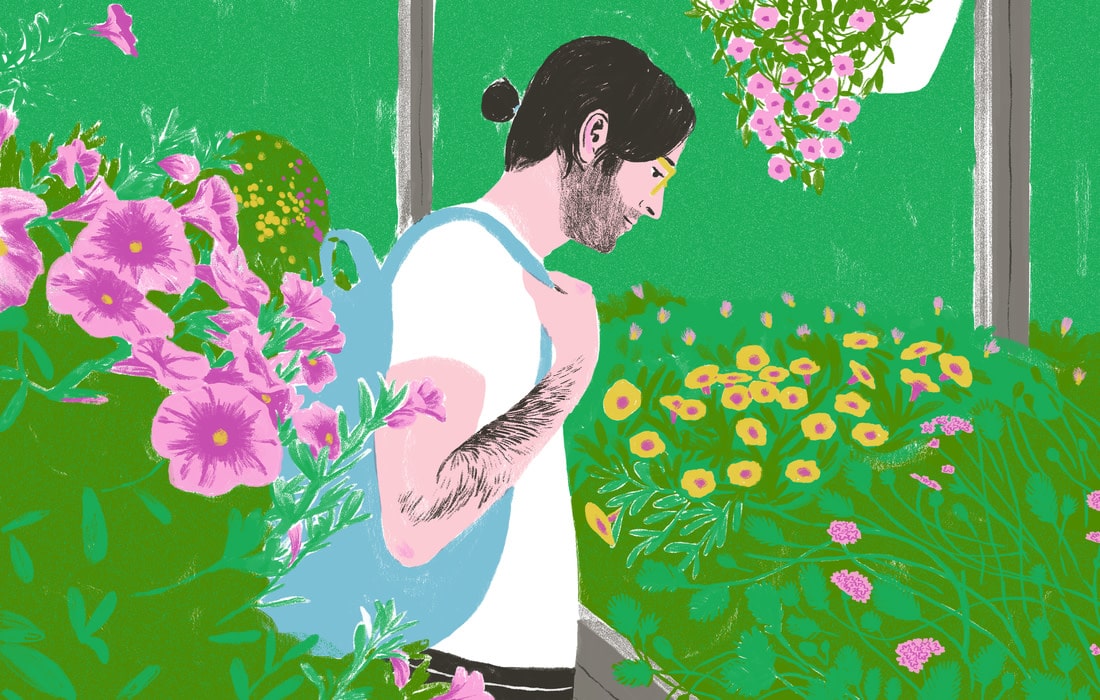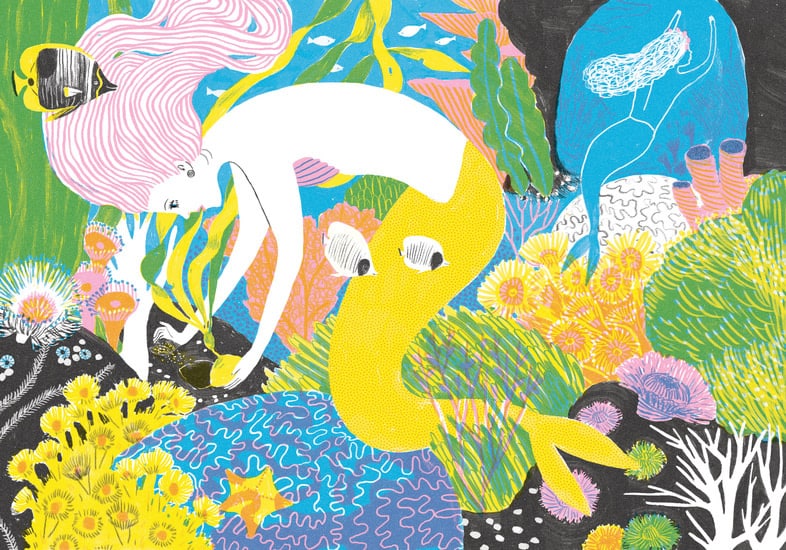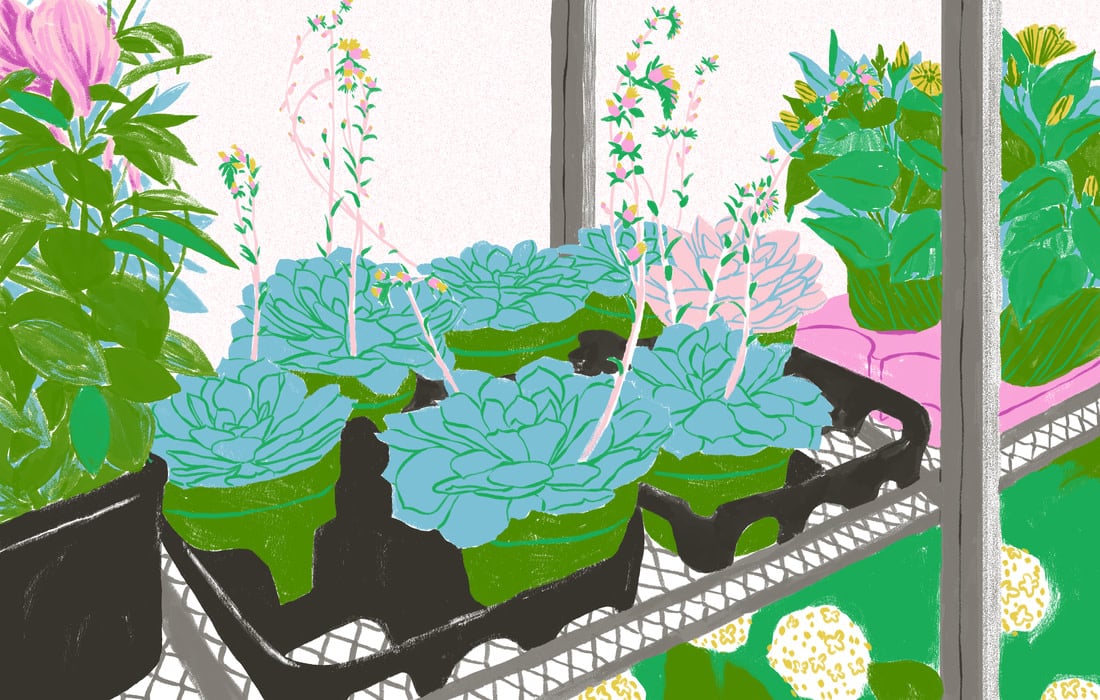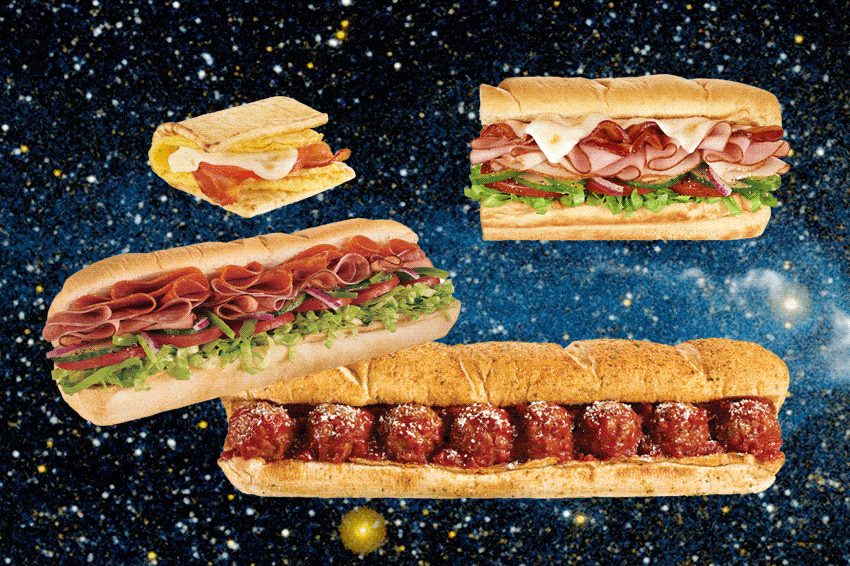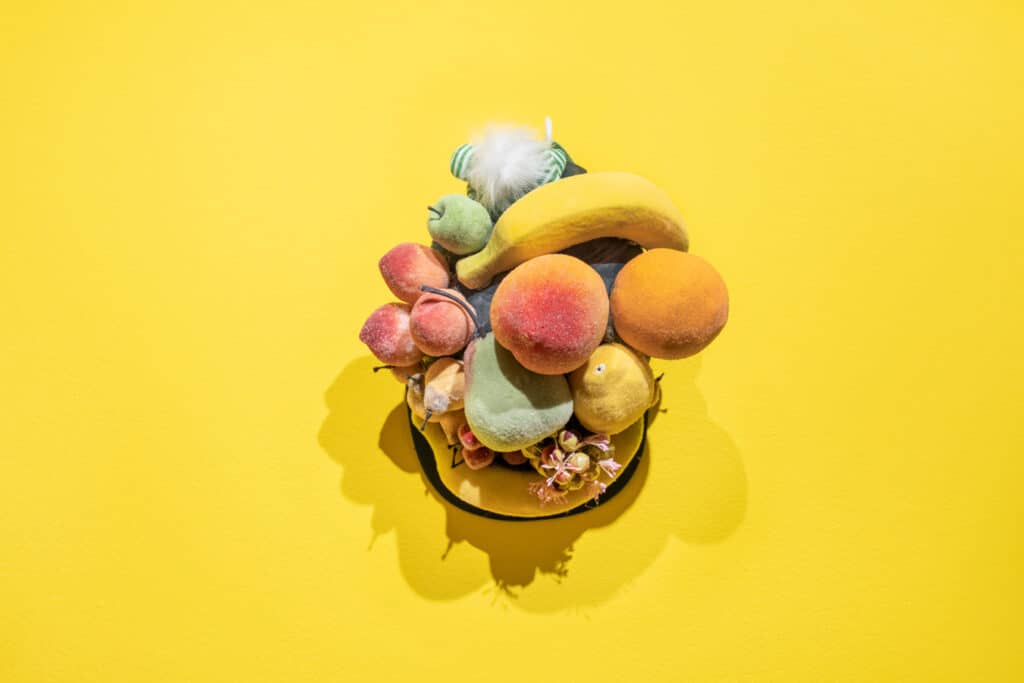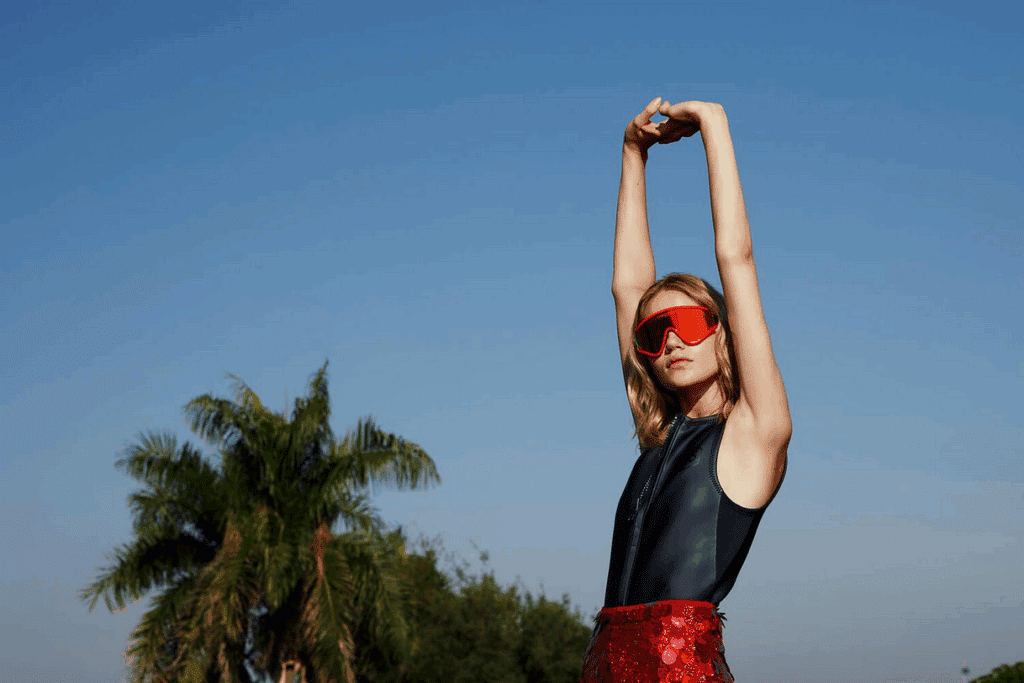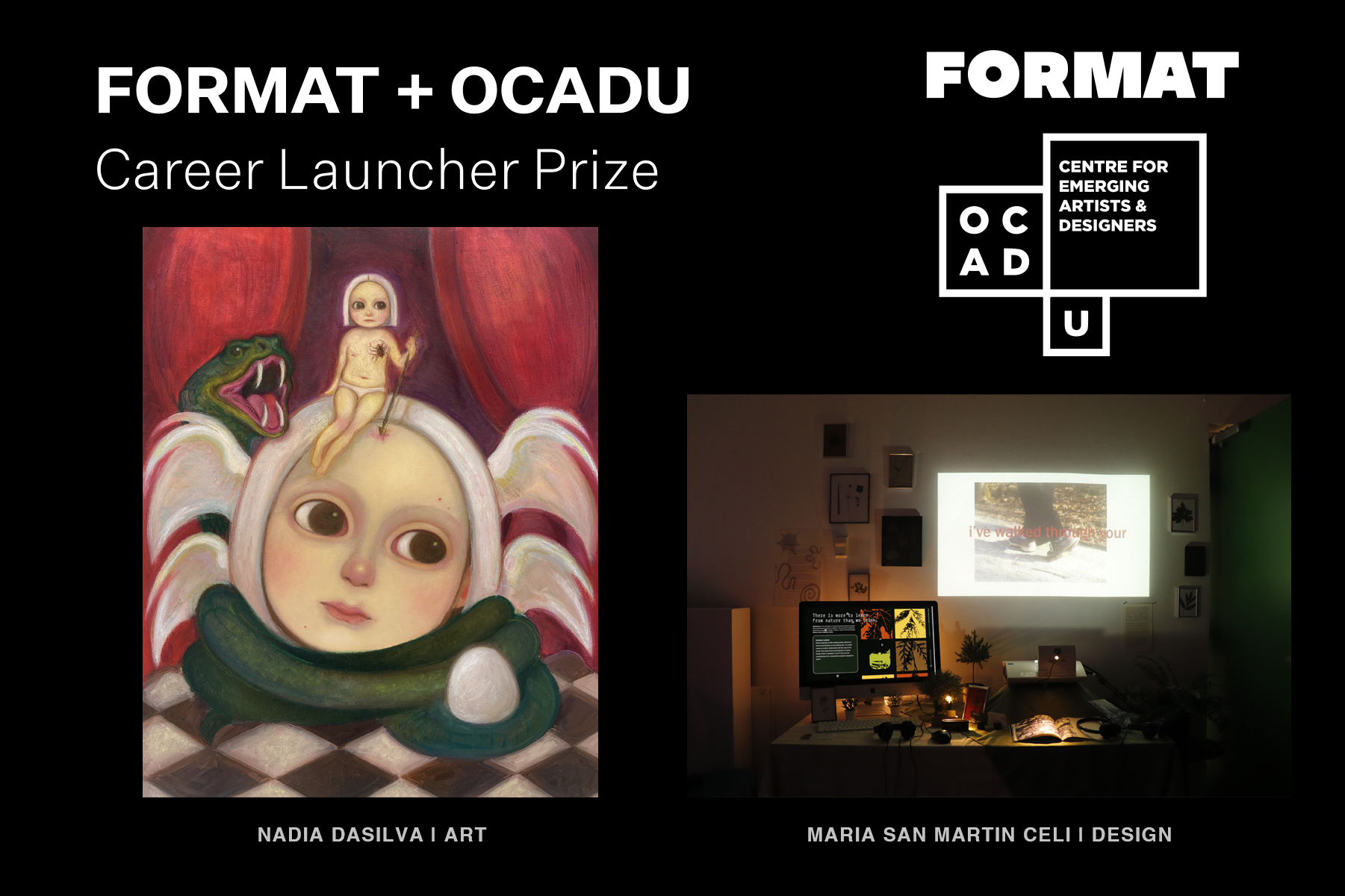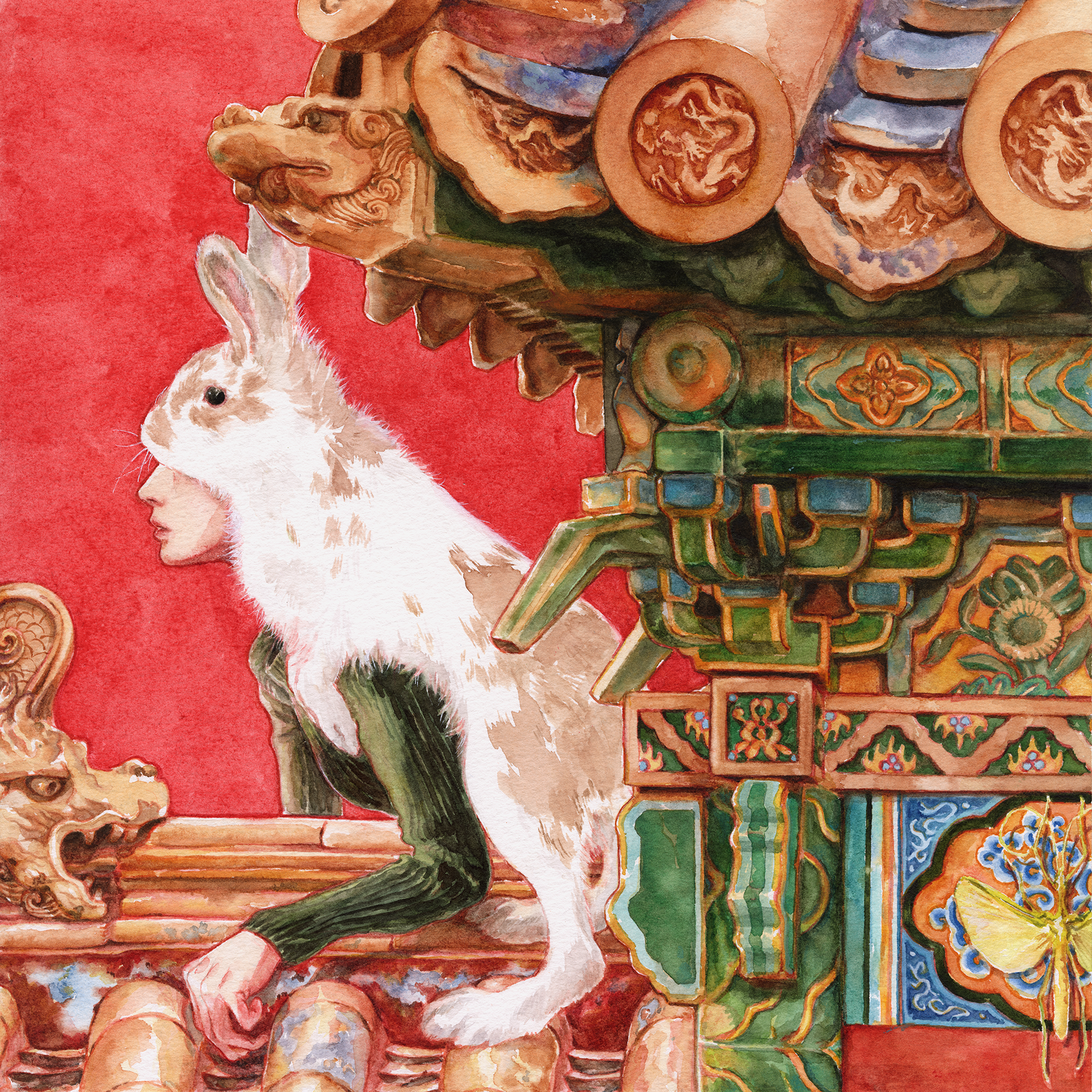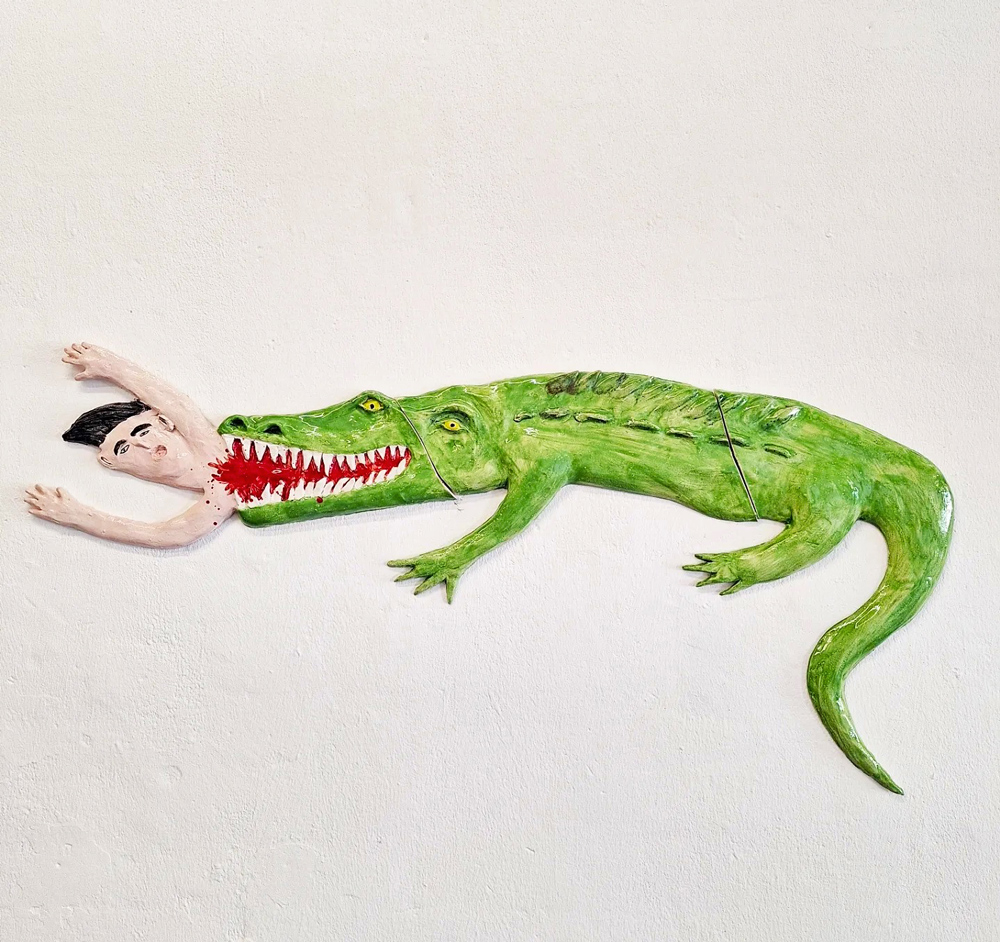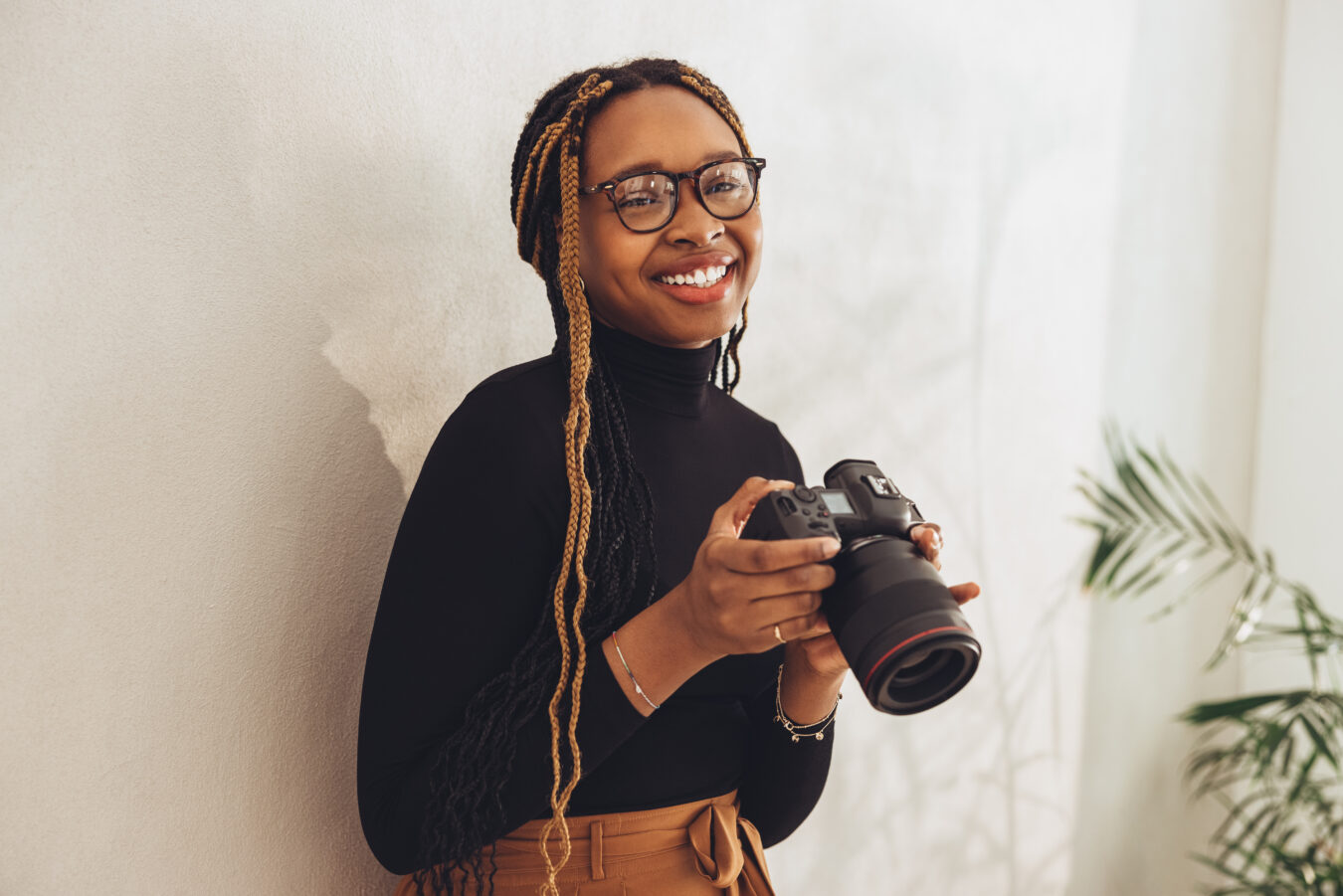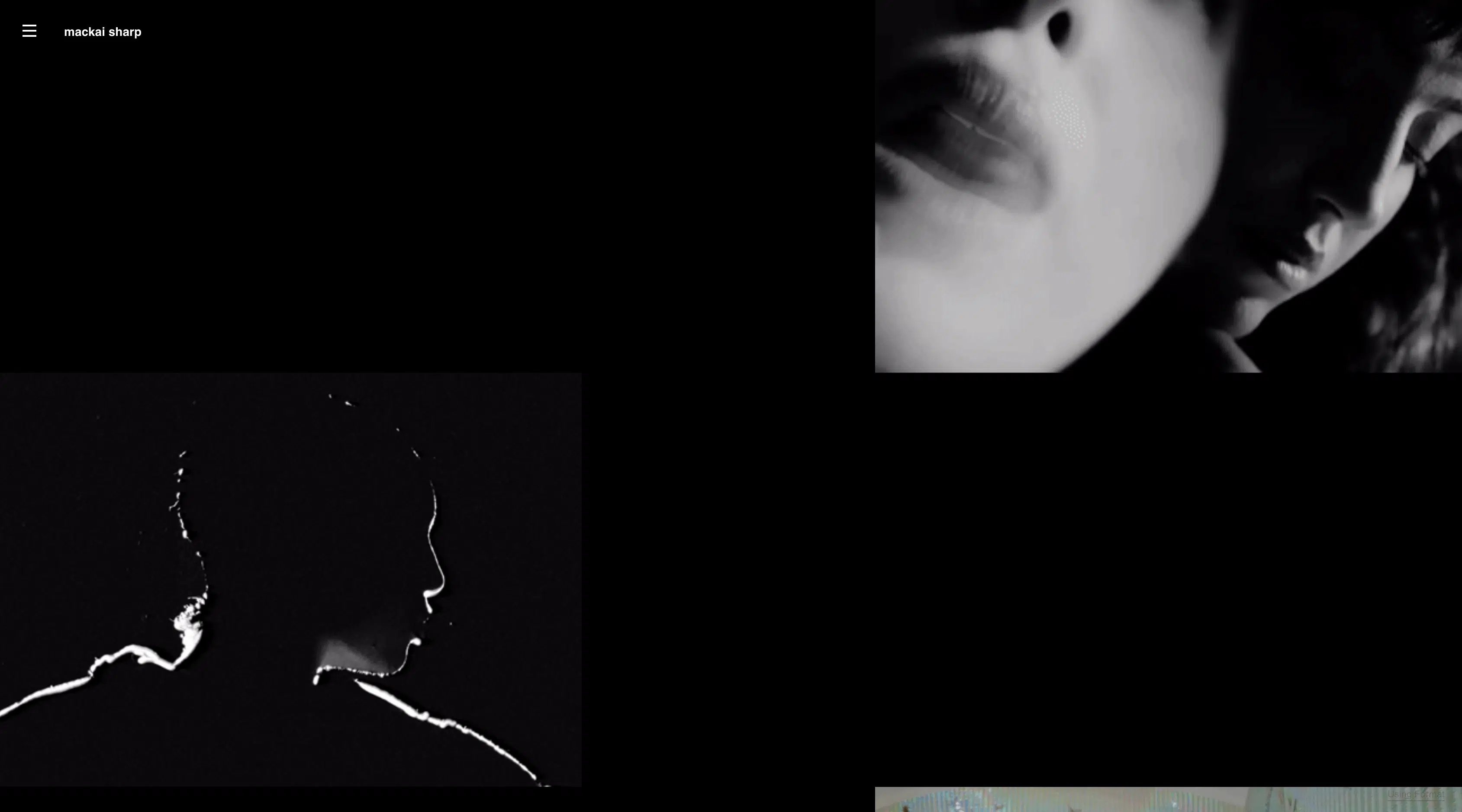Does drawing illustrations for Subway get you free subs for life? Sadly, no, illustrator Emily Taylor reveals. But, she admits, “I definitely ate more Subway during the span of this project than I have in a few years. I’d like to claim those sammies as ‘project research.’”
When the Toronto-based illustrator was contacted by advertising agency Sid Lee with the Subway Canada contract, she almost deleted the email, assuming it was junk mail. Once Taylor heard the details, though, she was eager for the chance to lend her playful illustration style Subway’s ad campaign, drawing assets for animated advertisements, printed mailers, and a national mailer.
In addition to her illustration work, which often features plants, flowers, and food, Taylor runs Cabin Journal, a small stationery company. Seeing her risograph printed cards featuring bacon and eggs, peaches, and pretzels, it’s easy to imagine her work adding a creative vibe to sandwich marketing assets.
Corporate clients as big as Subway Canada can often seem intimidating to freelance illustrators, who might fear that working with a well-known brand will mean compromising their individual style. We got in touch with Taylor to find out what working with a client as huge as Subway was like, and how it feels to see your art on the walls of a massive restaurant chain, or wrapping up your lunchtime sandwich.
Interview by Genista Jurgens
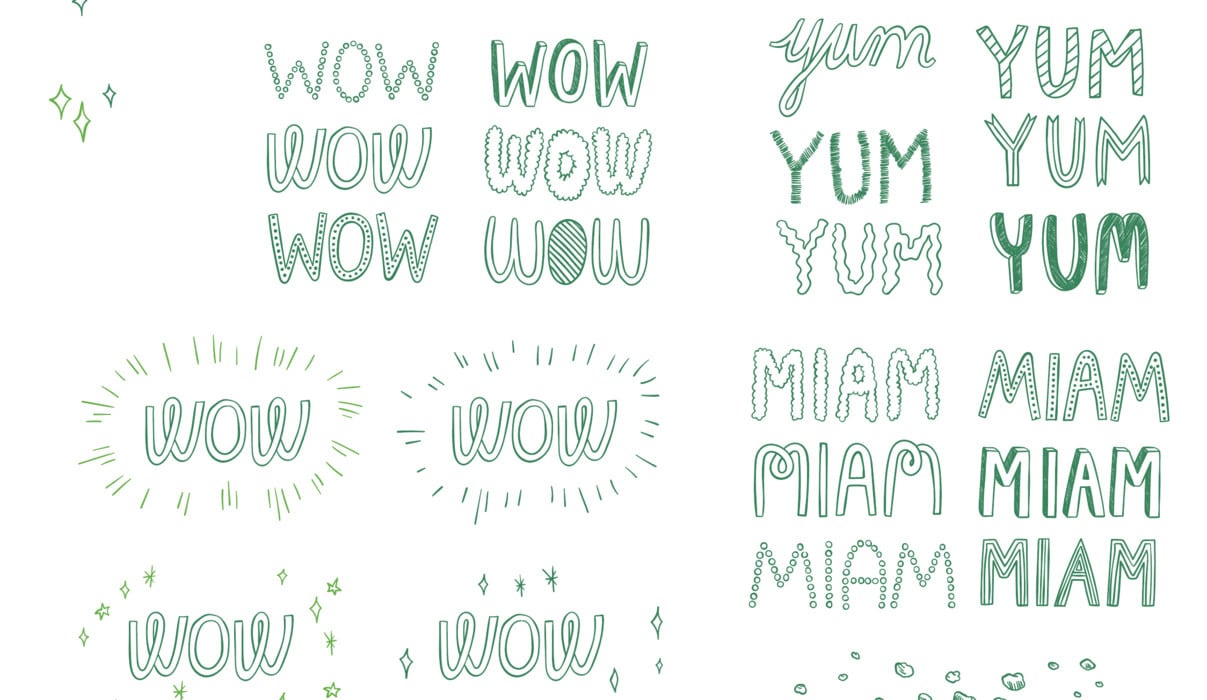
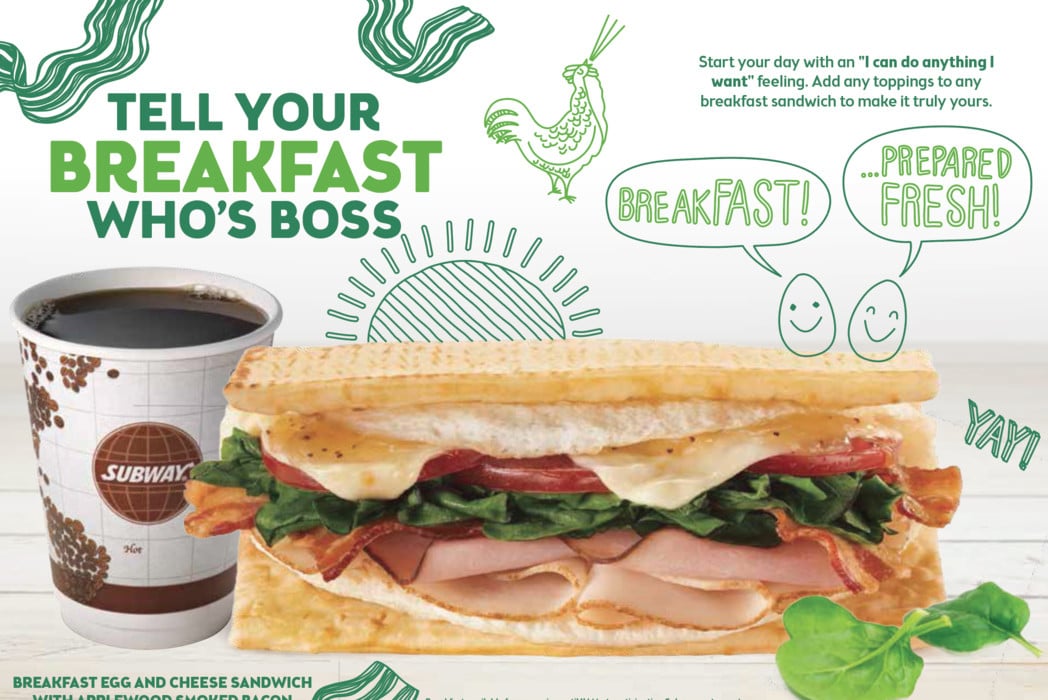
The Subway around the corner from my apartment had my illustrations on the walls and windows—that was a bit surreal to see.
Although this was my first national branding campaign, it wasn’t my first time working on a corporate creative job. It was so cool to have family and friends across the country sending photos of the illustrated mailers they got in the post, or the illustrations animated as ads on Subway’s TV and social media feeds. The Subway around the corner from my apartment had my illustrations on the walls and windows—that was a bit surreal to see.
The job began with an email and an in-person meeting. Actually, the initial email I got from the advertising agency about illustrating for Subway didn’t contain “illustration” or “Subway” in the subject line, and I nearly trashed it thinking it was junk mail. After emailing back and forth we met at their office for an in-person chat on what they were planning and what they were looking for in terms of illustration style, content and colors.
Initially I was asked to draw sandwich components to compliment the photography—to work with it but not overwhelm it—for their new mailers. We ended up with five or six pages of illustration sets. After that project was wrapped up, they contacted me again asking if I would be interested in working on more illustrations, sequential ones this time, for animations. And of course I said yes.
I went to Sid Lee, the ad agency working with Subway, twice through the process of the illustrated-direct mail job and the illustrated-animated commercials. I met a team of four people there (they were fantastic!). We ran through the ask and the brand’s style guidelines.
Having a set of rules doesn’t mean you can’t have fun with them.
Waiting for replies to move forward on something can be a bit slower with corporate jobs, as something usually has to go past a few people in the agency, and then the client, before the final “yes,” but this job went smoothly and everyone was prompt to reply back. We were in constant communication, very little waiting and great feedback. They were a really fun team to work with.
We nailed down some deadlines (those changed over the course of the work) and off I went to begin. I normally work digitally. With these illustrations, for the different sizes they needed for the final products, I was working with vector line drawings in Adobe Illustrator. I sketched out linears of veggies and words and arrows and stars and all the sets I was asked to deliver, and then redrew them all digitally in AI. We developed sets of illustrations they could pull on later as they assembled the mailers, and I was given a working copy of the layout with the photography in it to draw around and place illustrations on top of. They designed the final composition.
It was a similar process for the animations for Subway’s three commercials. But as it was sequential illustration for a stop-motion-like process, I needed to draw out the same items multiple times to get the look of them moving and morphing and jumping about. Any larger movements their animation team took care of, and they assembled all of my sequential illustrations into something that moved and came alive.
As an illustrator, you can still lend your own style to anything.
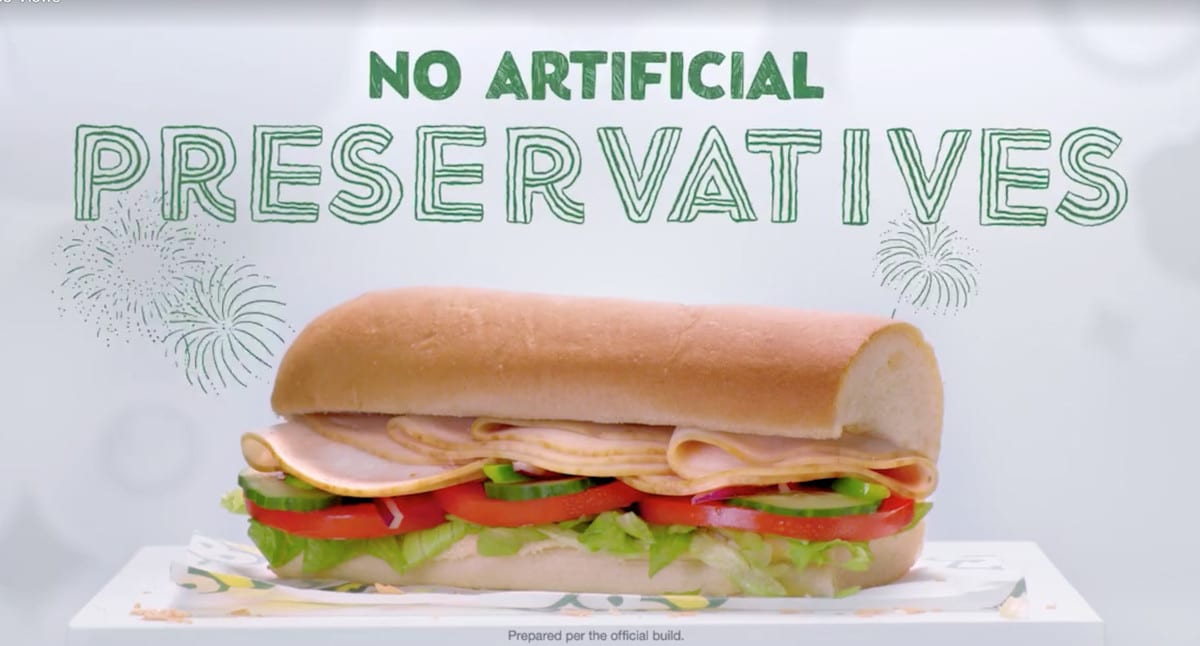
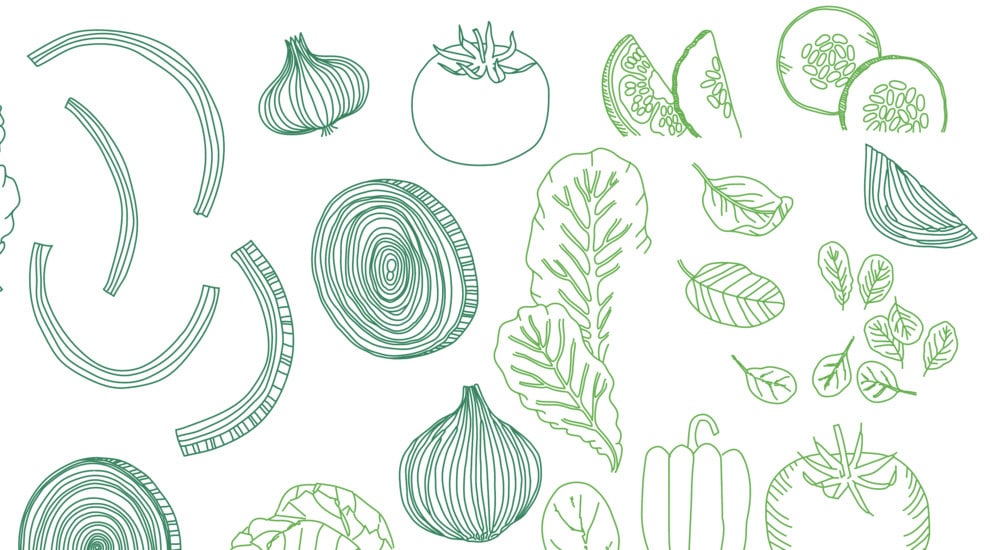
It was my first time working with animations, and that involved a different type of illustration process than what I am used to. But it was really interesting to see how it all came together and amazing to see the final result in motion.
I don’t often work in strictly line work anymore—that was something I used to do a lot more of. As an illustrator, you can still lend your own style to anything, from working in strictly line or coloured form. I had the brief to work towards, with two specific colours and a brand style guide to comply with, but here and there I was able to add in little things that the art directors liked and let me keep in. Working to a brief allows me to learn something new each time, and while challenging, they often turn out to be the most rewarding. Having a set of rules doesn’t mean you can’t have fun with them.
During the process, more illustrations than the original ask were requested. I’d recommend other illustrations to not be afraid to give another quote for any new set of illustrations. It makes sure you are compensated for any extra work outside of the original ask, and having a new quote helps the agency keep track of all the asked illustrations in progress, new and original.
I would also encourage other artists to really read through contracts you are asked to sign. They are not blanket statements, they are open for negotiation and you can’t be afraid to discuss the terms of the contract if there are clauses that you’re not comfortable with. The agencies want to make sure you can keep to fast-paced timelines, deadlines that can change suddenly, and be able to handle new additions to the original ask.
Find more of Emily Taylor’s illustration below and on her portfolio, built using Format.
